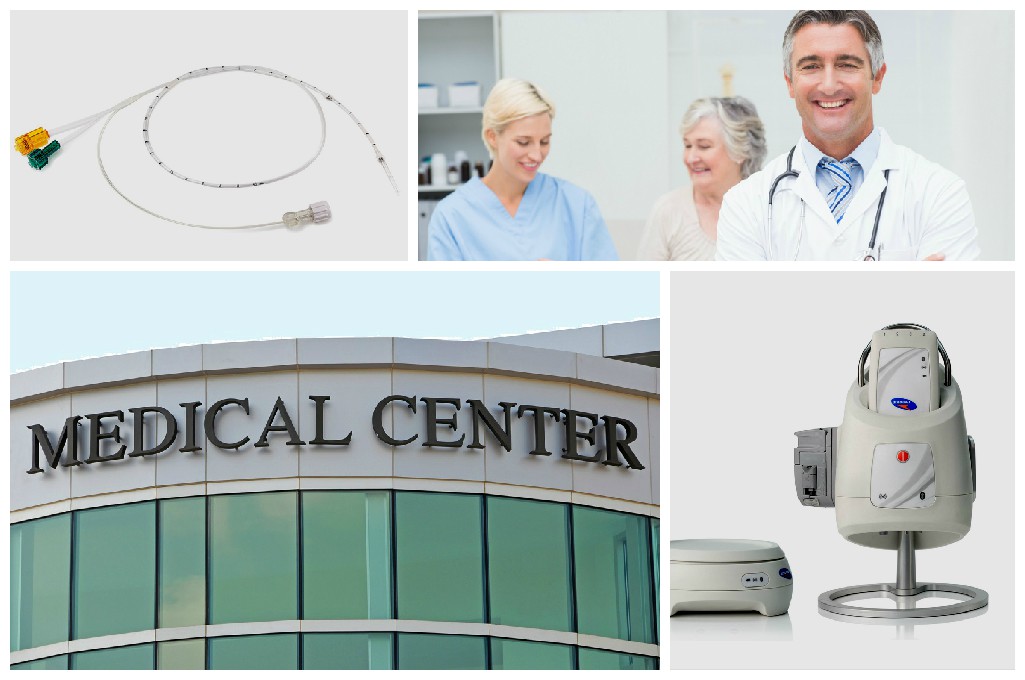
BHN works with urology, ObGyn, urogynecology, and gastroenterology practices all across the U.S., providing a range of in-office diagnostic services. These diagnostic services typically include equipment, supplies, staffing, and interpretation software. BHN partners with its clients to help them succeed. BHN partnered with a urogynecology specialty group within a very large non-profit healthcare organization with over 20,000 employees. This partnership allowed this specialty group to broaden its urodynamics capabilities. This specialty group had two primary objectives. First, it operated in five different offices but was only set up to perform urodynamics at one location. This restricted access to urodynamics which had several negative implications. Therefore, they sought to offer urodynamics in their other locations. Second, it wanted to be able to offer urodynamics testing services to other general practice and ObGyn practice groups within the larger non-profit. They aimed to do this by having the “technical component” of the urodynamics studies done on-site at the ObGyn and general practice locations while the specialists within the urogynecology specialty group performed the “professional component” interpretation. This would help the specialty group to be better integrate with other divisions of the large non-profit and it would increase access to urodynamics testing, which in turn provides for better patient care. All of the secure sharing of the urodynamics test data was accomplished via BHN’s web-based UroPortal® and UroAnalysis® software.
“Our patients previously had to come to our main office, which is downtown, for urodynamics, and our patients are often older with limited mobility. This caused both emotional and physical strain on many of them, and we knew we had to do something. BHN made our decision very easy. Now they have less travel time and a much better experience in general. On top of this, we can now broaden our urodynamics service offering without having to request additional capital from the corporate office.”
Director of Urogynecology at this practice
BHN started by providing urodynamics testing at the urogynecology specialty group’s remote locations where BHN provided the nursing staff, urodynamics equipment, urodynamics supplies, data collection software, and interpretation software. This was accomplished within one month, and it was accomplished without the specialty group having to spend money on additional full-time staff, equipment, or training. This had an immediate benefit for their patients since they did not have to travel into the inner city for testing. It saved patients time and money and it allowed them have the test done much sooner than could have been achieved previously. It also had the added benefit of reducing no-show and cancelation rates, which made the specialty group more efficient. Patients are simply more inclined to show up for an appointment and be on time when they have a 15 minute trip rather than a 1.5-hour trip.
Once urodynamics were being provided in their satellite/remote locations, they began offering it to their sister ObGyn and general practice divisions. These other divisions required some education to better understand the theory and science behind urodynamics, which BHN was able to assist with. Once educated, the ObGyn and general practice divisions embraced urodynamics and begin offering it at several additional locations. This has had the following benefits:
- It has allowed the urogynecology division to better integrate with sister ObGyn and general practices. Information about patients and the urodynamics test results flowed efficiently back and forth via BHN’s UroPortal software platform. This provides for better patient care and higher revenues.
- It increased the urodynamics and incontinence knowledge base in both the ObGyn and general practice divisions, which helped the larger organization.
- It substantially broadened the urogynecology specialty division’s service offering and revenue.
- It increased the number of referrals to the urogynecology specialty division from the sister ObGyn and general practice divisions, which increased their revenue significantly and provided for improved patient care through proper referrals.
In summary, this very large hospital group operating in dozens of locations was able to move from offering urodynamics in one location to a finite number of patients to offering it in multiple locations to many more patients. This in turn, broadened patient access and made the specialty group more effective and efficient. In addition to this, it was able to better connect with its sister departments which brought in more referrals and further improved patient care and increased revenues.
